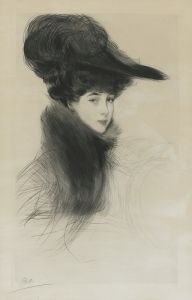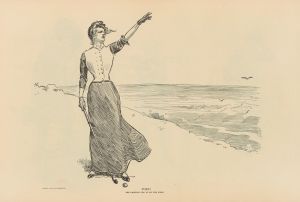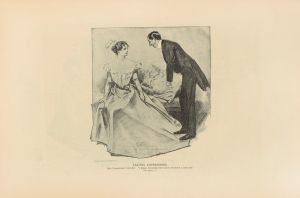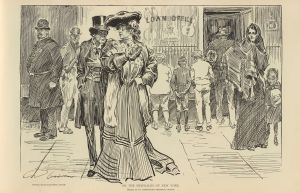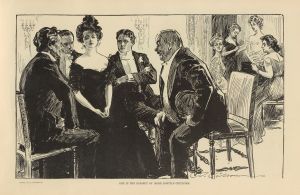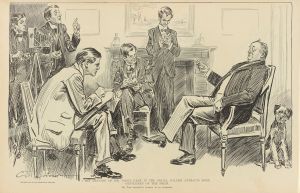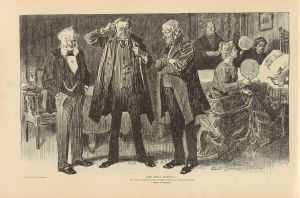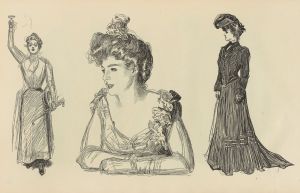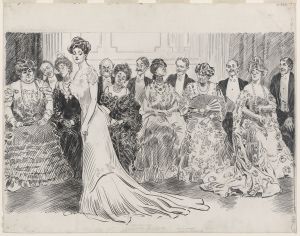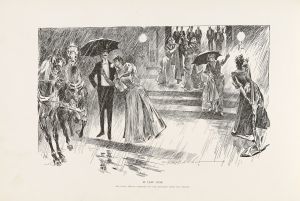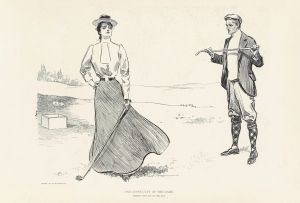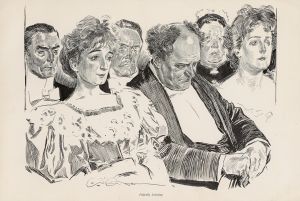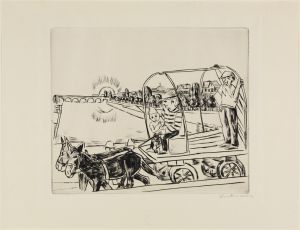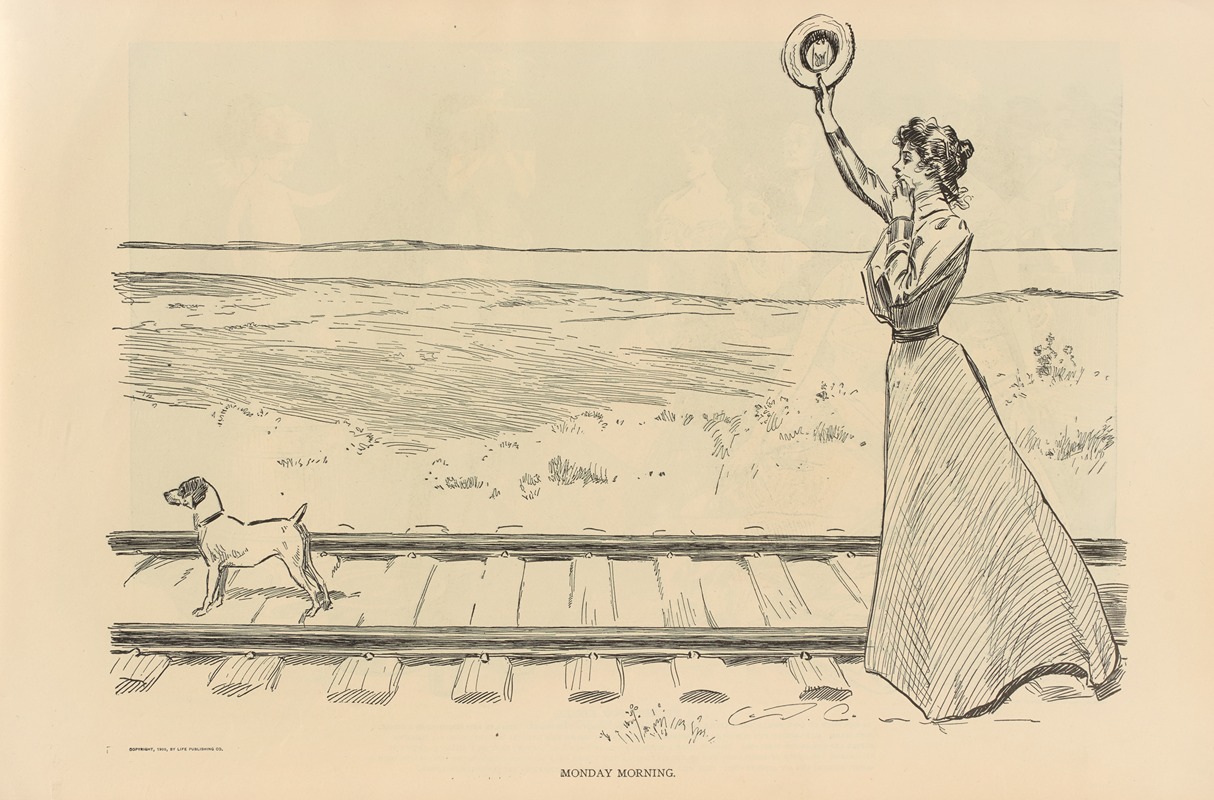
Monday morning
A hand-painted replica of Charles Dana Gibson’s masterpiece Monday morning, meticulously crafted by professional artists to capture the true essence of the original. Each piece is created with museum-quality canvas and rare mineral pigments, carefully painted by experienced artists with delicate brushstrokes and rich, layered colors to perfectly recreate the texture of the original artwork. Unlike machine-printed reproductions, this hand-painted version brings the painting to life, infused with the artist’s emotions and skill in every stroke. Whether for personal collection or home decoration, it instantly elevates the artistic atmosphere of any space.
Charles Dana Gibson was an influential American illustrator best known for his creation of the "Gibson Girl," an iconic representation of the American woman at the turn of the 20th century. Among his numerous works, "Monday Morning" stands out as a notable illustration that captures the essence of his style and the cultural context of his time.
"Monday Morning" is a black-and-white illustration that reflects Gibson's keen observation of societal norms and human behavior. Although specific details about the creation date of "Monday Morning" are not widely documented, it is consistent with the themes and style prevalent in Gibson's work during the late 19th and early 20th centuries. This period was marked by rapid industrialization and changing social dynamics in America, which Gibson often depicted with a blend of humor and critique.
The illustration typically portrays a scene that resonates with the universal experience of starting a new workweek, capturing the mood and demeanor associated with Monday mornings. Gibson's skillful use of line work and shading brings the characters to life, often highlighting their expressions and body language to convey a narrative without the need for words. His ability to encapsulate complex emotions and social commentary in a single image is a testament to his artistic prowess.
Gibson's work, including "Monday Morning," was primarily published in magazines such as Life, Harper's Weekly, and Scribner's, which were popular during his time. These publications provided a platform for his illustrations to reach a wide audience, contributing to his reputation as a leading illustrator of his era. The widespread distribution of his work helped solidify the "Gibson Girl" as a cultural icon, representing the idealized image of beauty, independence, and sophistication.
The significance of "Monday Morning" and similar works lies in their ability to capture the zeitgeist of an era. Gibson's illustrations often reflect the societal expectations and challenges faced by individuals, particularly women, during a time of significant change. His work provides insight into the cultural and social fabric of early 20th-century America, offering a window into the past through the lens of art and illustration.
In summary, "Monday Morning" by Charles Dana Gibson is a quintessential example of his illustrative style and thematic focus. While specific details about the illustration may be limited, its place within Gibson's broader body of work highlights its importance as a cultural artifact. Through his art, Gibson not only entertained but also engaged with the social issues of his time, leaving a lasting impact on American visual culture.






